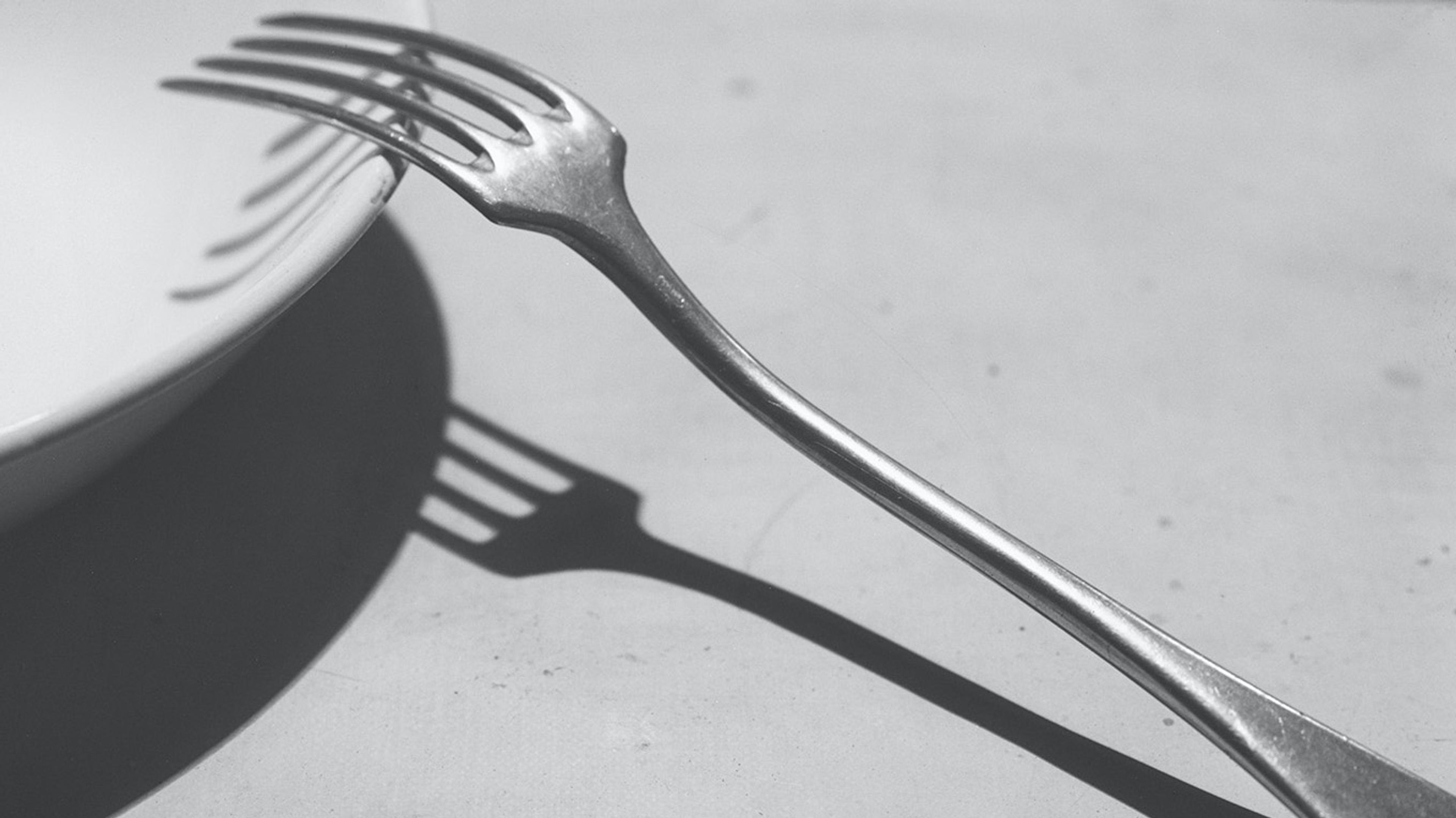André Kertész
My France

The flâneurs of the 1920s fell in love with Paris with its parks, boulevards and cafés. And after leaving Budapest in 1925 so did the Hungarian photographer André Kertész (1894-1985). A master of photography and a seminal figure in the history of the medium, Kertész created a style of his own and served as a model for many of his colleagues. One who expressed this well was Henri-Cartier Bresson: “Whatever we have done, Kertész did first.”
He stumbled upon his motifs during his walks, without looking for them or without using a specific style, capturing the poetic in everyday moments
André Kertész grew up in a Jewish middle-class family in Budapest and began to take photographs in 1912, initially of his family and friends and the Hungarian countryside. When the First World War broke out, Kertész attempted to take photographs as a soldier, but he was injured and sent home. In 1925, he left for France, and it was in the artistic city of Paris that his photography developed and became groundbreaking.
The exhibition My France focuses on Kertész’s French period, 1925-1936, which is widely regarded as his finest. In his classic photographs we glimpse the avant-garde Paris with portraits of artists such as Piet Mondrian, Fernand Léger and Marc Chagall, as well as portraits of close friends and his wife, Elizabeth. Kertész’s now classic Parisian images also tell the story of a city in transformation.
In 1928, André Kertész was one of the first to use the Leica camera. He stumbled upon his motifs during his walks, without looking for them or without using a specific style, capturing the poetic in everyday moments. The photographs from his French period were not rediscovered until 1963. Kertész’s friend and agent Jacqueline Paouillac had hidden his works when the Nazis occupied Paris in the 1940s. In 1984, Kertész donated his photographs taken in France to the French Ministry of Culture and Communication.
Kertész lived in France for eleven years and he frequently contributed photographs to illustrated magazines such as French VU and German Frankfurter Illustrierte. In the early 1930s, a number of his works were presented in international exhibitions. In 1936, Kertész and his wife Elizabeth were drawn to New York and decided to move to the US, where he immediately received commissions for Look and Harper’s Bazaar. In 1944, Kertész became an American citizen and he remained in New York until his death in 1985.
This exhibition was organized by Jeu de Paume, Paris, with the help of Médiathèque de l’architecture et du patrimoine, Ministère de la Culture et de la Communication, France, in collaboration with Fotografiska, Stockholm.